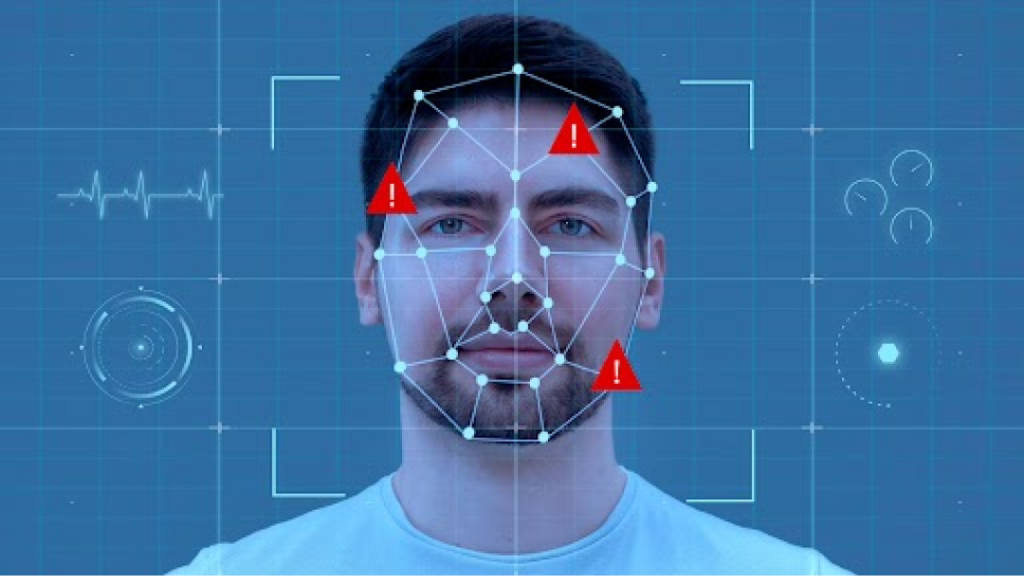
In our rapidly evolving digital age, the truth of videos, once considered solid proof of events, is increasingly being questioned. Advances in technology have sadly made way for advanced video changes that are often hard to tell apart from genuine content. Addressing this big issue is the research paper titled “Attending Generalizability in the Course of Deep Fake Detection by Exploring Multi-task Learning.”
Authored by a team made up of Pranav Balaji, Abhijit Das, Srijan Das, and Antitza Dantcheva, this paper doesn’t just talk about the problems caused by deep fake technology. Instead, it introduces a new solution in the form of a smart detection model, carefully designed to find and point out changed videos.
Looking closer at how this model works shows a detailed approach. At the heart of its design is the new use of ‘multi-task learning.’ Traditional detection methods often look at just one part of video content. However, multi-task learning lets the model analyze many parts of a video at the same time, making it more flexible and right on target. Working with this is the ‘comparison loss’ module. This part has the important job of looking at videos side by side to distinguish real content from altered content. This comparison is facilitated by a method known as ‘triplet loss,’ which can be likened to a scale. On one side, you have the genuine video, and on the other, you have the manipulated version. The method then works to differentiate them based on subtle details. To evaluate the effectiveness of their model, the researchers used the big FaceForensics++ dataset. This group of videos, with 1000 real ones and many changed ones, was the perfect test. The changes in this dataset come from four different methods: DeepFakes, Face2Face, FaceSwap, and NeuralTextures. Each method changes the videos in its own way, making the model’s job even harder.
The results after testing were excellent. In cases where the change method was different from what the model learned, it was right 75.98% of the time. This was not only better than the basic model’s 71.62% but also did better than other methods like MesoNet, XceptionNet, and CapsuleNet, all of which scored 71.62%. Also, when the change method was the same as what the model learned, it scored a nearly perfect 99.87%, matching other well-known models and methods.
After looking at these impressive results, the researchers found that the mix of multi-task learning and the comparison loss module really helped. These parts, working together, made the model more flexible and sharp.
But, like any great invention, there’s always room for improvement. The authors of this study are aware that there’s more work to be done. They are curious about whether their way of comparing videos, the comparison loss, is the best. They believe there might be other ways that could work even better. Additionally, they acknowledge that there are new ways to change videos that their model hasn’t seen. For example, some methods use things like GANs or DRLs, which are fancy tech ideas. In the future, they want to teach their models these and use bigger groups of videos to make them even smarter.
Lastly, the research team understands the broader context. In a world where fake videos can trick many people, it’s important to use tools like theirs responsibly. The paper talks about using this tool for ethical purposes, the risks of using video data, and how everyone needs to be careful. They ask everyone, from governments to regular people, to work together and make sure this powerful technology is used for good.
Despite the growing challenge of identifying altered videos, ongoing research and collaboration provide us with valuable tools to distinguish fact from fiction. And as the paper points out, with more research and working together, we can hope to trust what we watch again.

Our vision is to lead the way in the age of Artificial Intelligence, fostering innovation through cutting-edge research and modern solutions.